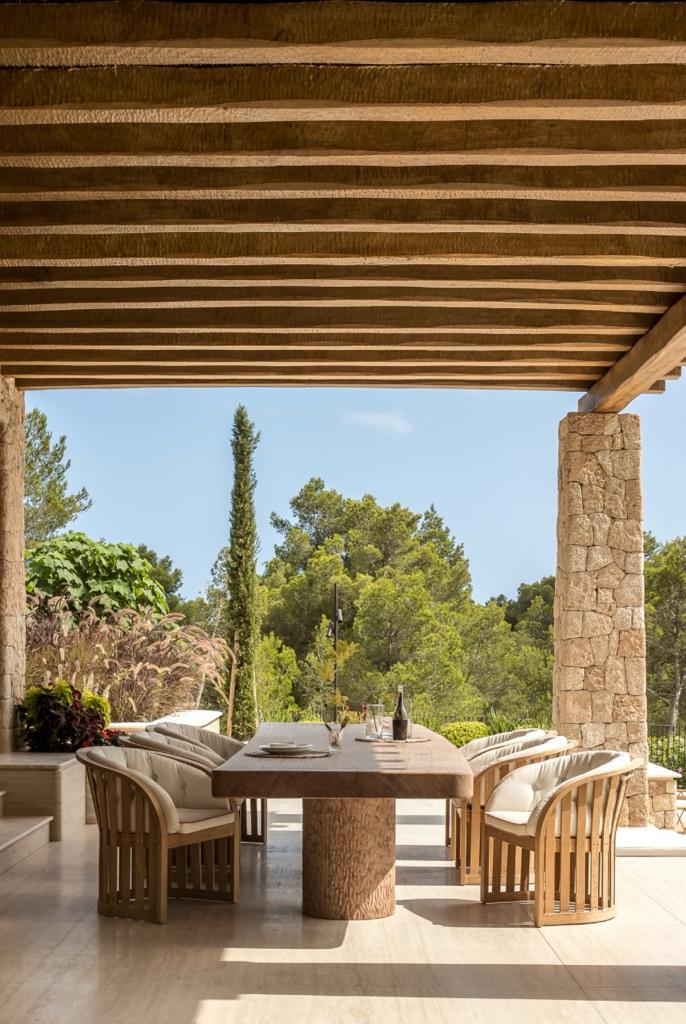
At some point we have all experienced the unwelcome feelings of stress and anxiety which have an unfortunate tendency of bouncing back at inopportune moments. While there are various avenues we can take to tackle them, interior design offers a profound means to address and mitigate this challenge. We can find the answer to this in the way the arrangement of a space influences our emotions, behaviors, and mental state. Just consider how a bustling workplace with an open layout fostering both collaborative areas and quiet spaces can alleviate stress by balancing interaction and privacy. Similarly, for our own homes, a well designed space can become a sanctuary from external stress factors.
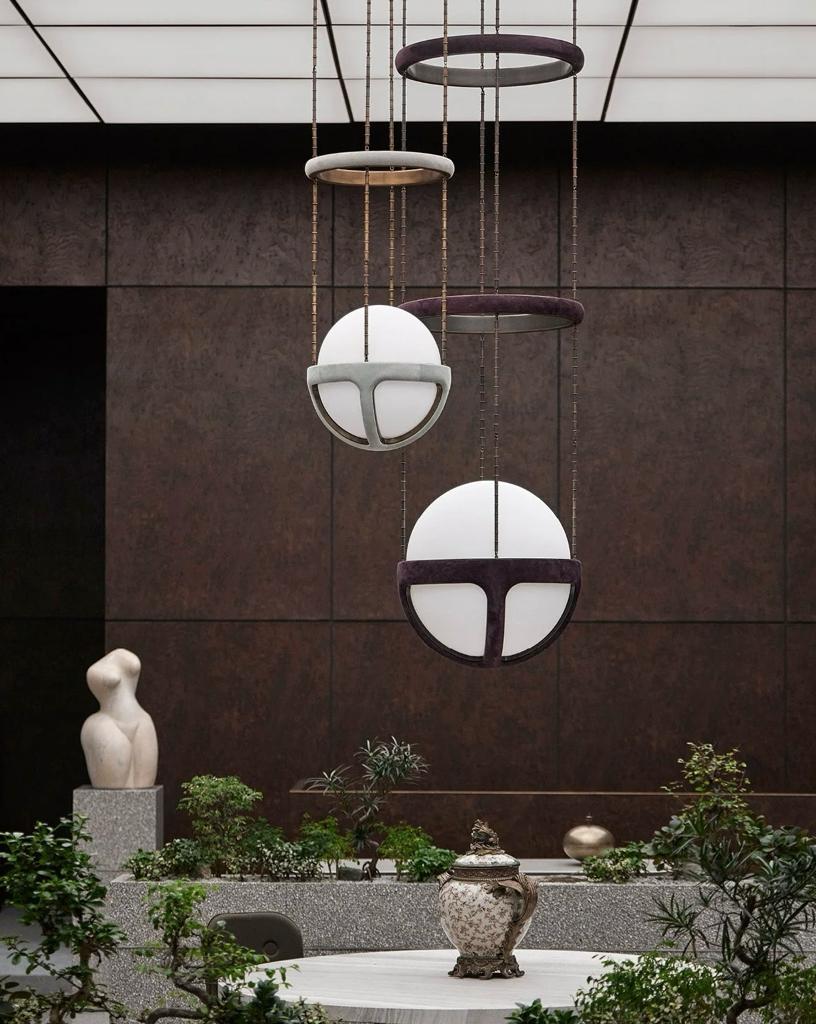
The approach we are using here involves bringing together colors, textures, and lighting strategically to evoke positive emotions and reduce physical discomfort. Think of ergonomic furniture and thoughtful spatial planning that enhances functionality and comfort. By understanding the psychological impact of design elements we can transform our homes into the supportive environments we need to unwind and find solace amidst life’s challenges. For further understanding of the design factors that benefit us, we provide some examples of useful tips to consider while creating stress-free environments.
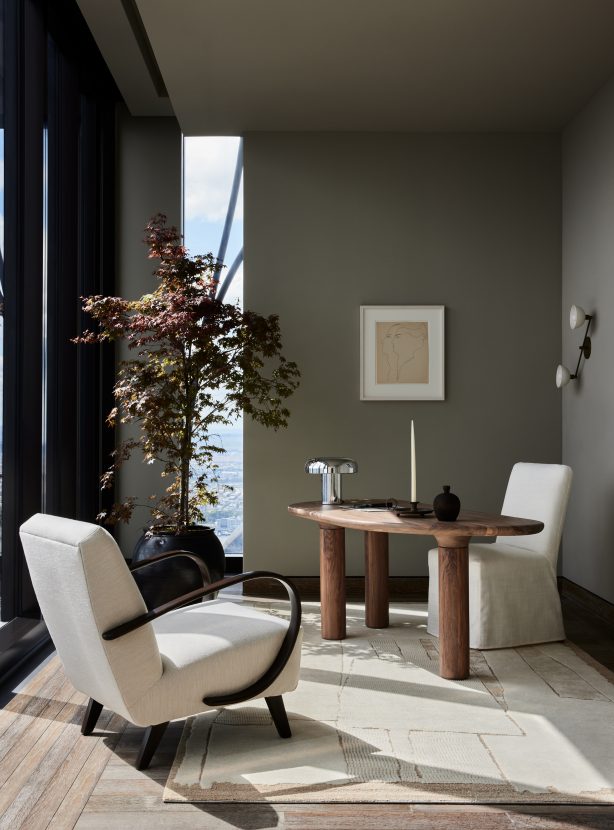
Incorporating natural elements
Plenty of research has highlighted the physical and emotional benefits of incorporating natural elements in our daily environments. From improved oxygen levels, to establishing a calming atmosphere, all these benefits are worth translating into our interiors. For example, think of incorporating indoor plants like lilies or aloe vera which not only improve air quality but add a soft touch of nature. Meanwhile, a more subtle move is to open your space to natural light through sheer curtains or by positioning furniture strategically allowing sunlight to switch your mood with some vitamin D. This way, plants and natural sunlight can enhance the serene aesthetic that organic materials like wood, stone, or bamboo evoke through furniture and accessories.
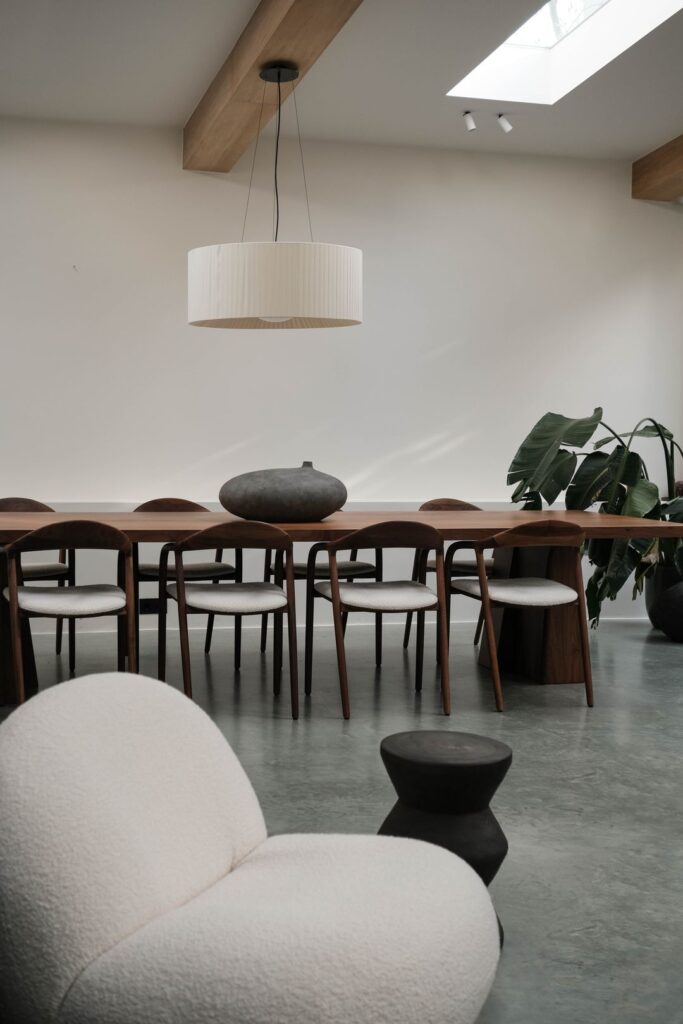
Color psychology
In subtle yet unmistakable ways, colors can significantly impact our emotions and behaviors. Advertisements are well aware of this and so are places such as spas, restaurants, or retreats featuring calming colors that promise a peaceful experience for their clients. So what are soothing colors? These can be categorized between soft, cool tones and neutral shades. For instance, aim for pastel or light blues and greens which are often associated with the calmness and relaxation we encounter at sea or in the safety of nature. Meanwhile, neutral shades of white, beige, or soft grays can make your interiors feel more spacious and cohesive. After selecting the right colors that speak to you, all there is left is to freely experiment using them in wall paint, upholstery, or accents to create unique and wholesome arrangements.
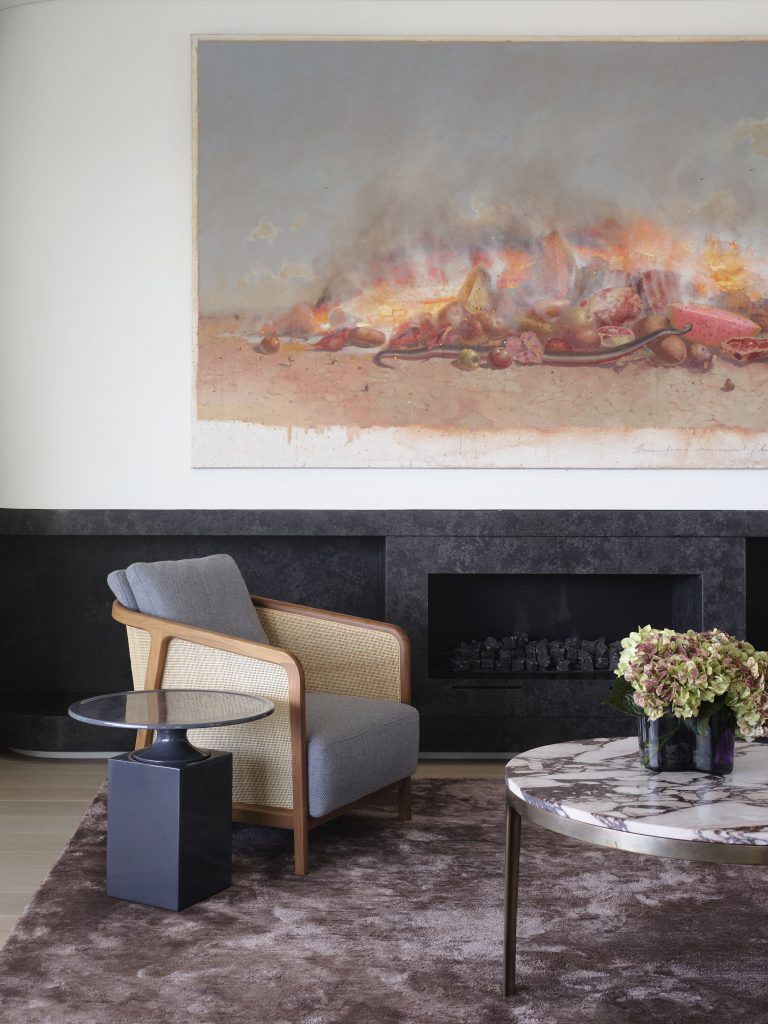
Organization and decluttering
Clutter leads to anxiety, stress, and less productivity. Meanwhile an organized environment contributes to mental clarity and calmness. A way of combating chaos is by anticipating it with smart storage solutions like shelves, cabinets, or multifunctional furniture that keeps items out of sight and out of mind until the moment we are ready to use them. If you want to avoid the use of extra space altogether, we suggest flirting a bit with a minimalist approach that suits your needs the most. There are different levels to minimalism which do not all require us to say bye to our prized possessions or collections. In this case, what we refer to as minimalism, is the mentality of thinking twice before buying, and considering which items are more essential to your life in order to free your space the same way you clear your mind from negative or unwanted thoughts.
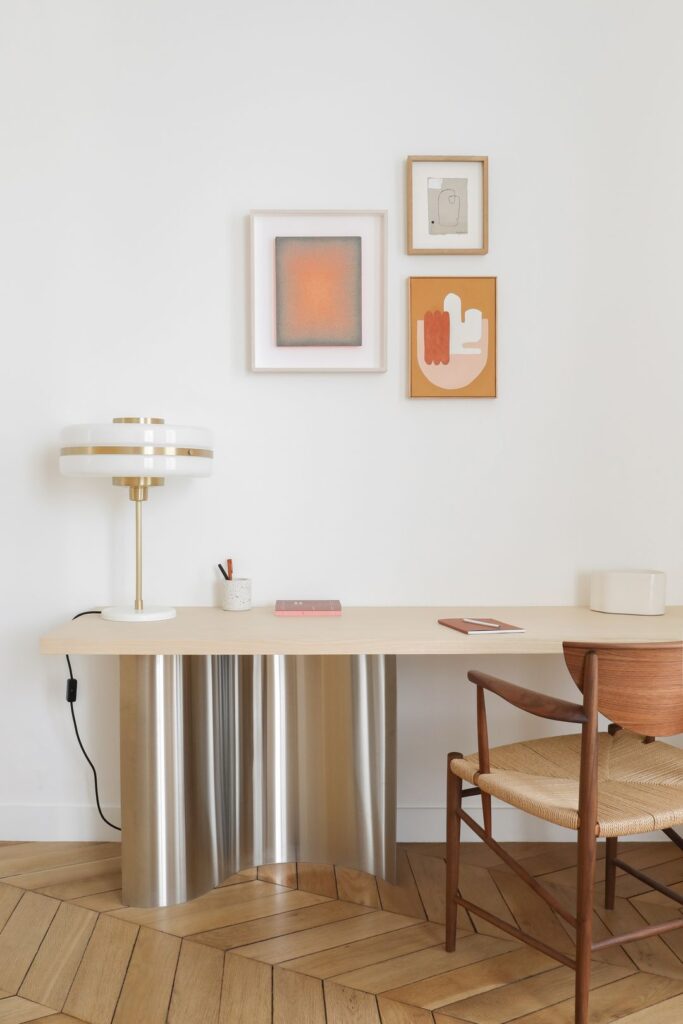
Functional layouts
Not only do the decor and furnishings of a space enhance our experience indoors but also the layout. Let’s consider how the flow and functionality of a space encourage relaxation and free mobility. Firstly, approach open floor plans as your ally to creating open spaces that give you a sense of freedom even from indoors. At the same time, this type of layout can make it easier for people with mobility difficulties to access different areas of the house, it encourages socialization, and reduces the risks of bumping into crowded corners. At the same time, if you are adopting the open floor plan you might want to acknowledge the occasional need for privacy and relaxation via cozy retreat areas. These quiet spots can either be cozy corners with comfortable seating and soft lighting, reading nooks with the ideal lounge chair and bookcase acting as parting wall, or even a meditation space with outdoor view for inner peace.
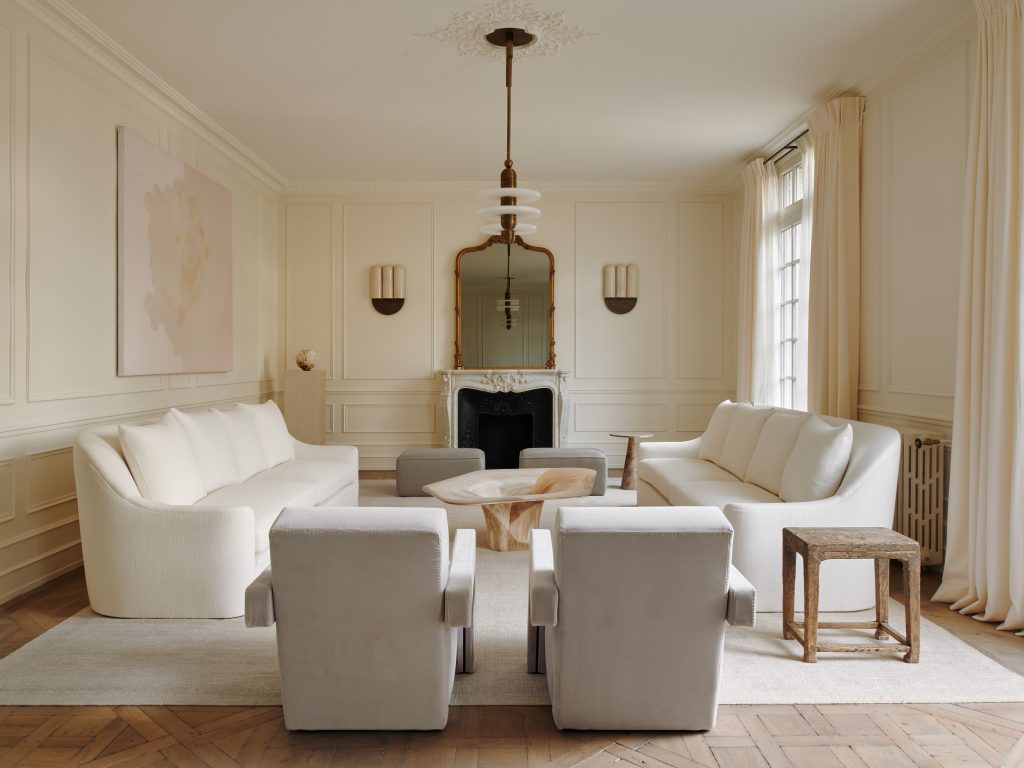
Personalization and comfort
Lastly, but not least, what can be more comforting than surrounding yourself with the elements that are most familiar to you? Tailoring spaces to your individual preferences via personal mementos, your favorite books, collections, or heirlooms, is a valuable way of creating homely interiors that speak to your own memories, background, and personality. The personal touches that both enhance your interior’s aesthetic and evoke positive emotions can include displays of items with sentimental value, photographs, or tailored furniture that has been adapted to your own taste. In particular, comfortable and ergonomic furnishings with plush seating, or soft textiles, can make all the difference in how you spend time at home. We cannot always choose our office background, the seats we get on public transport, or the restaurant where our date is taking us; but we can decide what experience we want for ourselves and our guests in the comfort of our home.
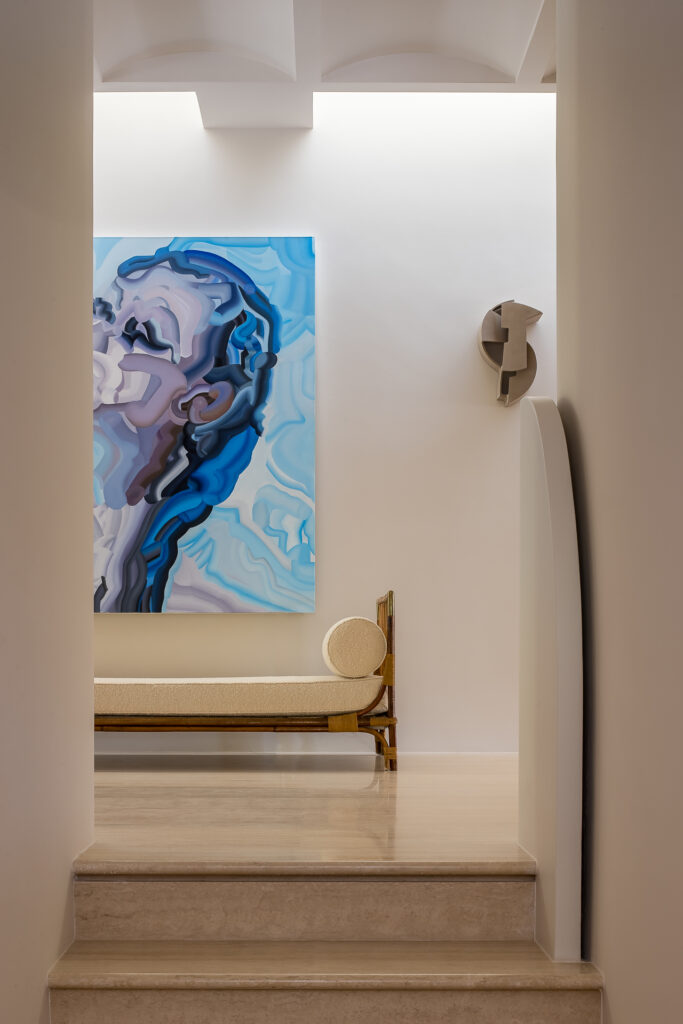
A step further to achieving inner peace
As we have seen, the holistic nature of interior design can give us the power to reclaim our experience as we start and end each day. We can begin to reduce stress and anxiety with curated environments that evoke feelings of calmness, comfort, and security; rather than sole functionality. Through intentional choices in layout, colors, textures, lighting, and furnishings, we can optimize the organization and our own efficiency or relaxation in these spaces. Moreover, a well-designed interior not only serves our practical needs but can also act as a refuge, offering a safe space where individuals can find respite from the chaos outside and nurture a positive mental state to face each new day.
